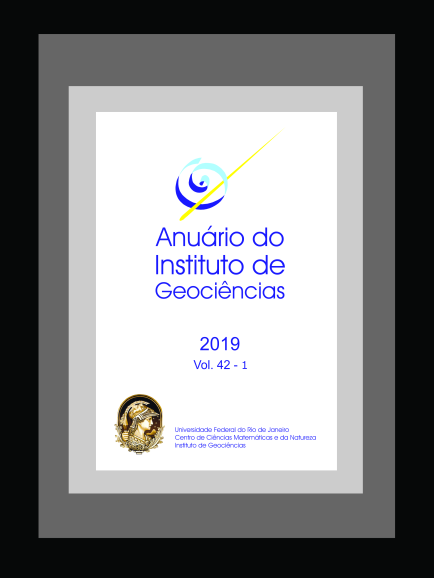Wave Attenuation and Shoreline Protection by a Fringing Reef System
DOI:
https://doi.org/10.11137/2019_1_87_94Keywords:
Wave climate, Coral reefs, Wave attenuation, SMC-BrasilAbstract
While knowledge on coastal dynamics is essential to guarantee well-informed decision making, information is still scarce, particularly regarding areas with the presence of coral reefs and other complex ecosystems. The objective of the present study was to contribute towards the understanding of wave attenuation and shoreline protection at different tide moments by a fringing reef system located in a Southwestern Atlantic archipelago. The predominant directions of offshore waves adjacent to the archipelago were ESE, SE, E and SSE. Coral reefs demonstrated high efficiency in wave height attenuation even under higher energy conditions during high tides. Erosion hot-spots along the archipelago were associated with rip currents, which were greatly reduced or absent during low tides. Coral reef conservation is essential to maintain shoreline protection and information on reef geomorphology should be included in reef status protocols to help advance this field of knowledge.Downloads
Download data is not yet available.
Downloads
Published
2019-12-01
How to Cite
Elliff, C. I. (2019) “Wave Attenuation and Shoreline Protection by a Fringing Reef System”, Anuário do Instituto de Geociências. Rio de Janeiro, BR, 42(1), pp. 87–94. doi: 10.11137/2019_1_87_94.
Issue
Section
Article
License
This journal is licensed under a Creative Commons — Attribution 4.0 International — CC BY 4.0, which permits use, distribution and reproduction in any medium, provided the original work is properly cited.















